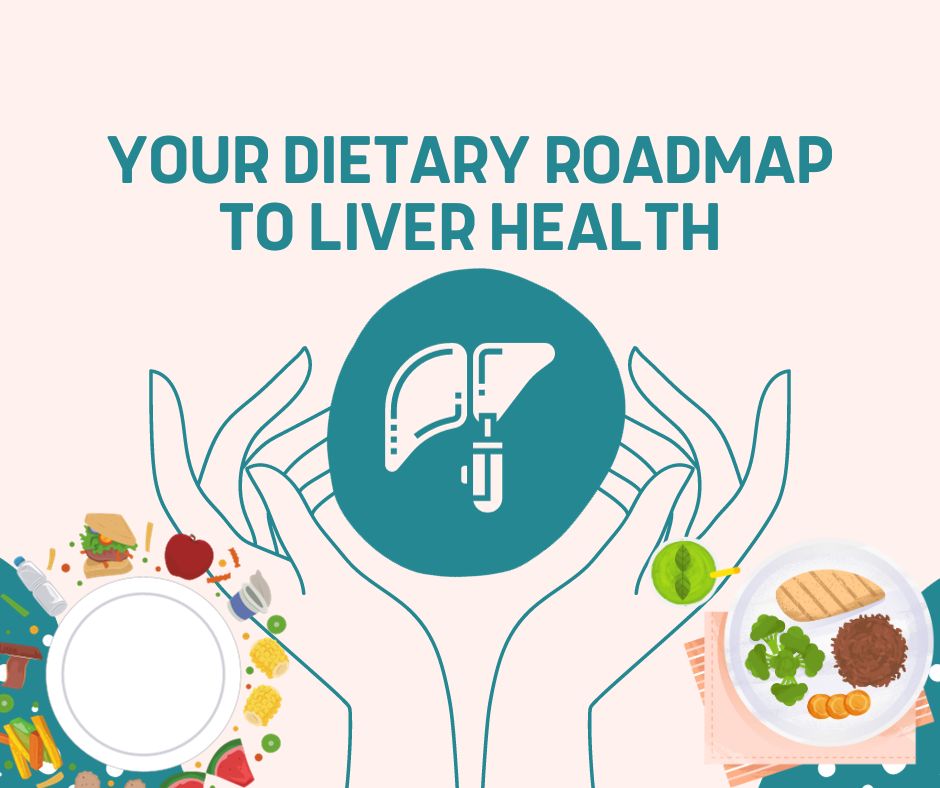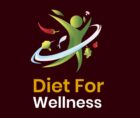Reversing Fatty Liver Disease with Dietary Changes

Fatty liver disease, also known as hepatic steatosis, is a growing health concern worldwide. It occurs when excess fat accumulates in the liver, impairing its function and potentially leading to more severe liver conditions, such as cirrhosis and liver cancer. The good news is that fatty liver disease is often reversible, and dietary changes can play a pivotal role in the recovery process.
Understanding Fatty Liver Condition
Before delving into the dietary changes required to reverse fatty liver disease, it’s essential to understand the two primary types-
- Non-Alcoholic Fatty Liver Disease (NAFLD)– This form of fatty liver disease is not associated with excessive alcohol consumption. It is closely linked to metabolic syndrome, obesity, insulin resistance, and high blood sugar levels.
- Alcoholic Fatty Liver Disease (AFLD)– AFLD results from chronic alcohol consumption and is characterized by the accumulation of fat in the liver due to alcohol’s toxic effects.
The Role of Diet in Reversing Fatty Liver Condition
Cut Down on Sugar and Refined Carbohydrates– Excessive sugar and refined carbohydrates can lead to spikes in blood sugar and insulin levels, contributing to fat accumulation in the liver. Reducing your intake of sugary foods, soft drinks, and white bread can help reverse fatty liver disease. Opt for complex carbohydrates like whole grains, fruits, and vegetables instead.
Choose Healthy Fats– Not all fats are same. Trans fats and saturated fats can exacerbate fatty liver disease, while healthy fats like omega-3 fatty acids found in fish, flaxseed, and walnuts can help reduce inflammation and improve liver health.
Monitor Protein Intake– Protein is essential for maintaining muscle mass and overall health. However, excessive protein can burden the liver. Choose lean protein sources such as chicken, turkey, and plant-based proteins like legumes and tofu.
Increase Fiber Consumption– A diet rich in fiber, derived from whole grains, fruits, and vegetables, can help regulate blood sugar levels and reduce fat in the liver. Fiber also aids in maintaining a healthy weight, which is crucial for fatty liver disease management.
Embrace Antioxidant-Rich Foods– Fruits and vegetables are packed with antioxidants that combat inflammation and oxidative stress in the liver. Incorporate a variety of colorful produce into your diet to harness their protective effects.
Watch Portion Sizes– Portion control is crucial in managing fatty liver disease. Consuming fewer calories than you burn can lead to weight loss and reduced fat accumulation in the liver.
Stay Hydrated– Proper hydration is vital for overall health and liver function. Drinking an adequate amount of water can help flush toxins from your body, supporting liver health.
Limit Alcohol Consumption– For those with NAFLD, alcohol is a significant contributor to liver damage. Reducing or eliminating alcohol intake is often necessary for recovery.
Consider Intermittent Fasting– Some studies suggest that intermittent fasting, which involves cycling between periods of eating and fasting, may help reduce fat in the liver and improve insulin sensitivity.
Seek Professional Guidance– It’s essential to consult with a healthcare provider or a registered dietitian to create a personalized dietary plan that considers your specific needs and circumstances.

Reversing fatty liver disease through dietary changes is not only possible but highly recommended.
A balanced, nutrient-rich diet can significantly improve liver health, reduce inflammation, and contribute to weight loss if necessary. It’s essential to remember that dietary changes should be part of a comprehensive approach to managing fatty liver disease, which may also include regular physical activity, stress management, and, in few cases, medicines prescribed by a doctor.
Ultimately, with the right choices and guidance, individuals can take control of their liver health and embark on a path to recovery.
